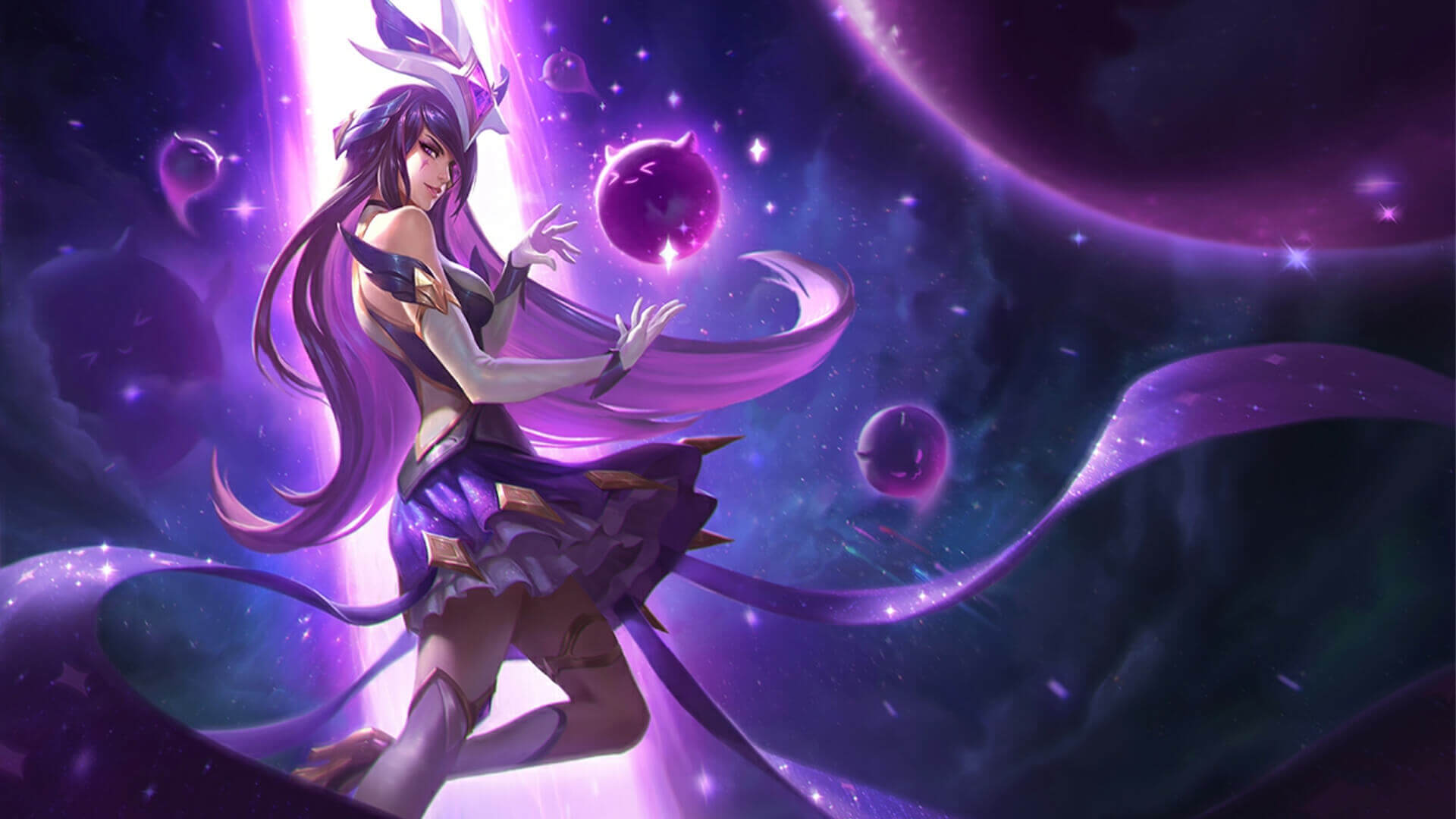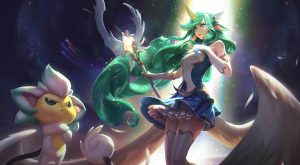Understand The Background Of Manga Now.
Mangago brings the mysterious Background of Manga
Manga, the distinctive form of Japanese comic books and graphic novels, has become a global phenomenon, captivating readers of all ages and backgrounds. To truly appreciate the artistry and cultural significance of manga, it’s essential to delve into its rich history and understand the factors that have shaped its evolution. In this article, we embark on a journey to explore the background of manga, uncovering its origins, cultural impact, and the role of online platforms like Mangagogo and Mangago in its global dissemination.
- Origins of Manga:
Manga’s roots can be traced back to ancient Japan, where narrative handscrolls known as emakimono depicted visual stories. These early forms of illustrated storytelling laid the foundation for the sequential art that would later become manga. During the Edo period (1603–1868), picture books and humorous drawings gained popularity, marking the early emergence of manga as a distinct form of artistic expression.
The term “manga” itself was coined during the Edo period and referred to whimsical drawings. The evolution from handscrolls to the diverse manga landscape we know today reflects centuries of artistic innovation and cultural development.
- Post-War Era and Osamu Tezuka:
The post-World War II era marked a turning point in manga’s history, with the medium experiencing significant growth and innovation. Osamu Tezuka, often hailed as the “God of Manga,” emerged as a pioneering figure who revolutionized the art form. Tezuka introduced cinematic storytelling techniques, character development, and intricate plotlines, elevating manga from a form of entertainment to a sophisticated and respected medium.
Tezuka’s iconic works, including “Astro Boy” (Tetsuwan Atom), set the standard for manga storytelling and character design. His contributions played a pivotal role in shaping the modern manga landscape and influencing generations of artists.
- Diversity of Genres and Demographics:
Manga’s versatility lies in its ability to cater to diverse tastes and age groups. The medium encompasses a wide range of genres, from action-packed shonen (targeted at young males) and emotional shojo (targeted at young females) to mature seinen and josei for adult audiences. The diversity of manga genres reflects the expansive range of human experiences and interests.
Online platforms like Mangagogo and Mangago have played a significant role in democratizing access to this diverse world of manga. Readers can explore genres beyond their cultural or linguistic boundaries, fostering a global appreciation for the medium.
- Influence of Traditional Japanese Art:
Manga’s aesthetic is deeply influenced by traditional Japanese art forms. Ukiyo-e woodblock prints, with their bold lines and intricate details, have left an indelible mark on manga illustration. The use of hatching, cross-hatching, and expressive linework in manga pays homage to these traditional artistic techniques.
Understanding the influence of traditional Japanese art provides insight into the visual language of manga. Online platforms like Mangagogo and Mangago, by offering a digital space for manga exploration, contribute to the continuation of this artistic legacy.
- Manga and Anime Synergy:
The relationship between manga and anime (animated television shows and films) is symbiotic. Many popular anime series and films originate from manga, and successful manga often receive anime adaptations. This synergy creates a dynamic storytelling ecosystem where narratives transcend the confines of printed pages to reach a broader audience through animated formats.
Mangagogo and Mangago cater to enthusiasts of both manga and anime, providing a platform where users can seamlessly transition between the two mediums. This interconnectedness contributes to the holistic appreciation of Japanese storytelling traditions.
- Rise of Manga Magazines:
Manga magazines have played a crucial role in the dissemination of serialized manga. These magazines, such as Shonen Jump and Shoujo Beat, feature multiple manga series and release new chapters regularly. The serialized format creates anticipation and engagement among readers, fostering a sense of community around popular titles.
The influence of manga magazines extends to the online realm, where platforms like Mangagogo and Mangago offer a digital equivalent of the magazine experience. Readers can access a wide array of manga series, discover new titles, and participate in discussions, mimicking the communal atmosphere of traditional manga magazines.
- Digital Revolution and Online Platforms:
The digital revolution has transformed the manga industry, making it more accessible to a global audience. Online platforms like Mangagogo and Mangago have played a pivotal role in this transformation. These platforms provide users with a vast library of manga titles that can be read at any time, from anywhere in the world.
The digital format offers convenience, portability, and the ability to explore manga in various languages, breaking down geographical barriers. Mangagogo and Mangago represent the evolution of manga consumption in the digital age, providing a bridge between traditional manga reading and contemporary online accessibility.
- Cultural Impact Beyond Japan:
Manga has transcended its cultural origins to become a global phenomenon. The impact of manga on popular culture, fashion, and even language is evident worldwide. Phrases like “chibi” (referring to small or cute characters) and “otaku” (enthusiast) have become part of international vocabulary, showcasing the pervasive influence of manga on a global scale.
Mangagogo and Mangago contribute to this cultural impact by facilitating the global exchange of manga content. Enthusiasts from different corners of the world can connect, share recommendations, and engage in discussions, fostering a sense of unity within the diverse manga community.
- Manga’s Role in Social Commentary:
Beyond entertainment, manga often serves as a medium for social commentary and exploration of contemporary issues. Mangaka use their works to address societal challenges, cultural shifts, and personal narratives, creating stories that resonate on a deeper level.
Online platforms like Mangagogo and Mangago provide a space for readers to engage with manga that tackles relevant social issues. By fostering dialogue and reflection, these platforms contribute to the broader cultural discourse facilitated by manga.
- Manga as a Gateway to Japanese Culture:
For readers outside Japan, manga serves as a gateway to Japanese culture. The stories, settings, and cultural references embedded in manga offer a glimpse into the daily lives and traditions of Japan. This cultural exchange fosters mutual understanding and appreciation between global readers and Japanese creators.
Mangagogo and Mangago act as cultural ambassadors, connecting readers with manga that reflects the diverse facets of Japanese life. The digital platforms serve as windows into the cultural tapestry woven by mangaka, inviting readers to explore the nuances of Japan’s rich heritage.
Conclusion:
Understanding the background of manga is an enriching journey that reveals the intricate threads woven into its cultural tapestry. From its ancient origins to the digital age, manga has evolved, leaving an indelible mark on global storytelling and artistic expression. The role of online platforms like Mangagogo and Mangago in shaping the contemporary manga landscape underscores the medium’s adaptability and ability to transcend geographical boundaries.
As readers explore the diverse world of manga, they become part of a global community connected by a shared love for storytelling. The cultural impact, artistic legacy, and innovative storytelling techniques embedded in manga make it a timeless and ever-evolving art form, continuously shaping the narrative of Japanese creativity and cultural exchange on the global stage.





Commenter 350
ulla quis urna. Ut vitae nisi sit amet lectus blandit ultrices. Vestibulum ante ipsum primis in faucibus orci luctus et ultrices posuere cubilia Curae; Phasellus consectetur nunc at sapien. Ut pellentesque laoreet diam. Morbi arcu neque, congue rhoncus, sollicitudin ut, condimentum id, lectus. Nulla facilisi. Praesent neque lacus, pretium eu, molestie at, laoreet convallis, metus. Fusce leo nisi, ornare ut, ullamcorper ac, molestie et, quam. In vehicula arcu eu risus. Fusce ultrices lectus sit amet diam. Maecenas commodo risus eu diam. Maecenas at nibh. Nullam mattis pharetra dolor.
Commenter 351
s orci luctus et ultrices posuere cubilia Curae; Phasellus consectetur nunc at sapien. Ut pellentesque laoreet diam. Morbi arcu neque, congue rhoncus, sollicitudin ut, condimentum id, lectus. Nulla facilisi. Praesent neque lacus, pretium eu, molestie at, laoreet convallis, metus. Fusce leo nisi, ornare ut, ullamcorper ac, molestie et, quam. In vehicula arcu eu risus. Fusce ultrices lectus sit amet diam. Maecenas commodo risus eu diam. Maecenas at nibh. Nullam mattis pharetra dolor. Donec eleifend leo sit amet diam. Quisque ante. Aliquam erat volutpat.
Maecenas vel lectus. Maecenas convallis lorem at risus. Nullam facilisis tortor. Quisque quis turpis. Suspendisse consectetur nisl. Integer facilisis, massa consectetur mattis sollicitudin, lectus elit pharetra eros, ut dignissim sapien nunc eu nisi. Nunc tortor. Vestibulum imperdiet. Aliquam erat volutpat. Integer fermentum tincidunt nisl. Vivamus fringilla, augue vel consectetur convallis, justo